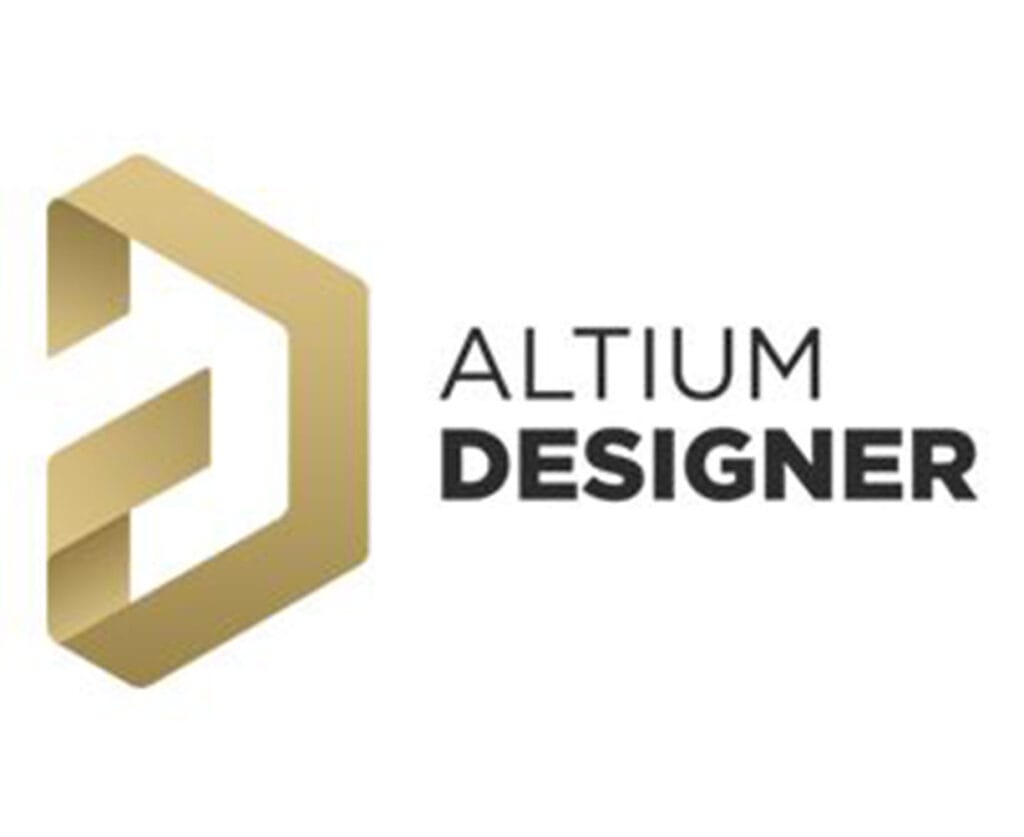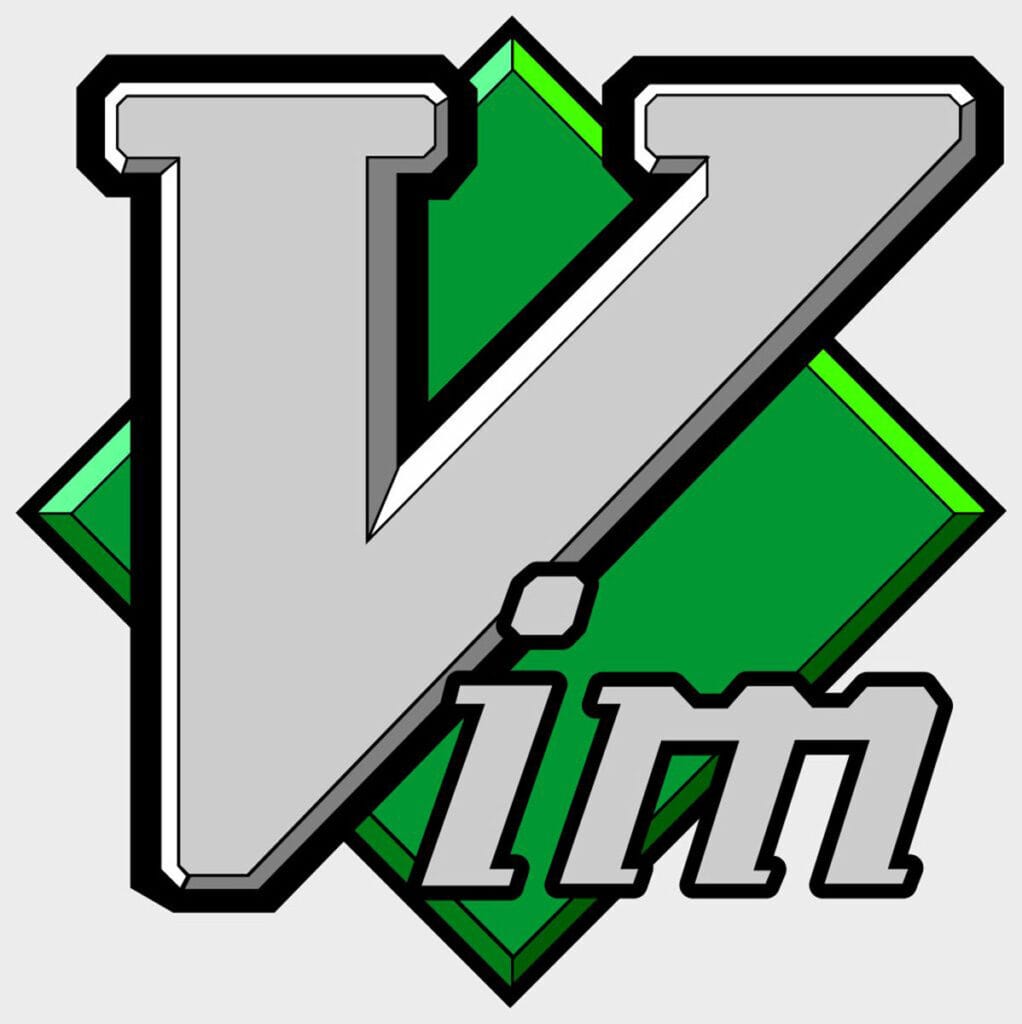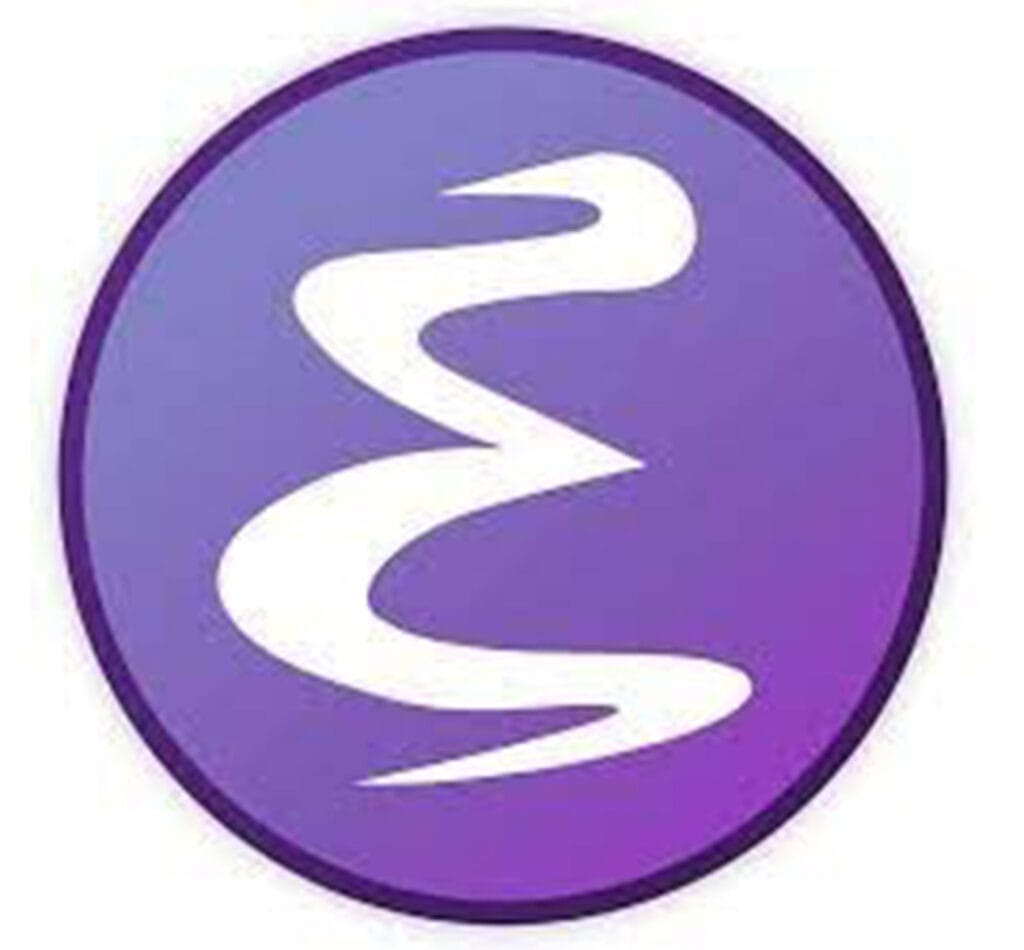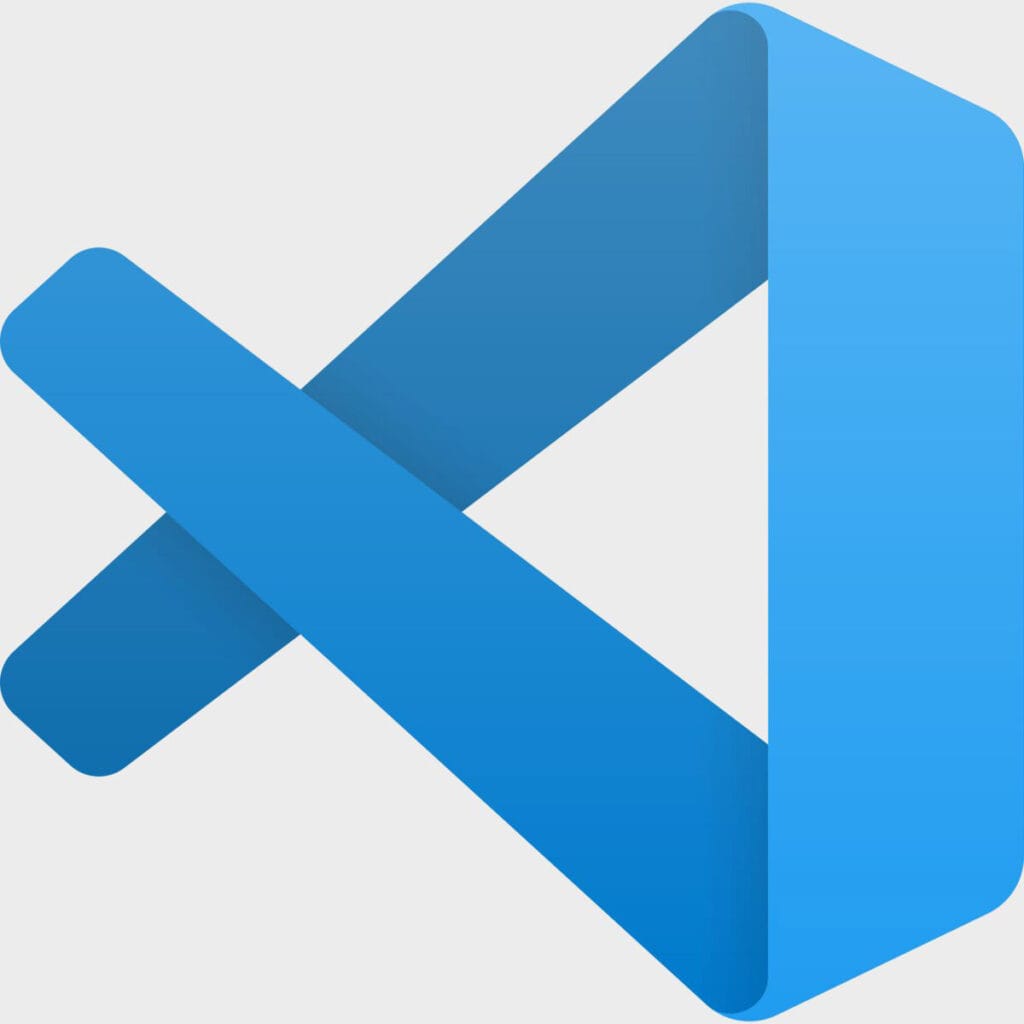Andrew Paulsen
CTO, PacketDigital
“Andrew Paulsen has been a key technical leader, developing new products and technology for Packet Digital. Andrew has extensive research, testing and product development expertise with power management technologies. Andrew also leads the embedded software team and works closely with the engineering teams on services projects and unmanned aircraft and solar products.”
-The PacketDigital Website
About PacketDigital
PacketDigital is an engineering company based out of Fargo that focuses on battery and power system development for autonomous systems with an emphasis on UAS.
Hardware

Altium Designer
“This is a versatile program that our hardware engineers use essentially to design PCBs (Printed Circuit Boards), however, it integrates an appreciable number of development tools from different disciplines into a single environment. The primary two tools are schematic development—the symbolic creation of electronic circuits from a functional perspective, and PCB layout—the physical implementation of the schematic in the form of component placement and copper traces. Other important tools in the environment include BOM (Bill of Materials) management, a component database, finite element analysis for thermal and current density calculations, 3D modeling, importing, exporting, and collision reporting, and numerous other application-specific plugins.”

Ltspice
“This is a free and well-documented; well supported; circuit simulation software. SPICE (Simulation Program with Integrated Circuit Emphasis) has been used in the industry for 50 years and is a key tool engineers can use to simulate circuit functionality before committing to ordering fabrication of PCB—which aren’t as easily modified.”

Battery Management Studio (bqstudio)
“This hardware from Texas Instruments is an essential suite of tools that assist in the design and configuration of the fuel gauging and monitoring elements within a BMS (Battery Management System). It is compatible with a wide range of TI-manufactured components and equips the design engineer with features that include real-time monitoring of the fuel gauge, calibration, data logging, and generating useful files for taking the device to production.”
Mechanical

Creo
“Creo is a CAD (Computer-Aided Design) program used by our mechanical design engineers to design the mechanical components (enclosures, battery cell holders, PCBA brackets, heatsinks) for our different battery designs and other products. Creo is a powerful tool that allows us to design parts for different manufacturing processes and allows our engineers to collaborate with each other and review each other’s designs. It also helps our production team in creating standard assembly processes to build our products to exact specifications.”

Thermal Simulation – Creo Simulation Live (CSL)
“This is an application we use inside Creo to simulate and analyze how natural phenomena such as forces, temperatures, and heat generation can affect our battery designs and other product designs. CSL uses Finite Element Analysis (FEA) to set up simulations, apply constraints on our model, and then solve for an estimated value (temperature, stress, strain, etc.). With CSL we are able to quickly verify our designs and make needed adjustments based on simulation results without the need to build a physical copy of our design to test. This software has allowed our mechanical engineers to optimize designs more efficiently and effectively.
Perform 3D Printing Software
“PreForm is a software that allows our mechanical engineers to 3D print designs for prototyping and production with our Formlabs 3D printer. PreForm allows our engineers to set up CAD models to be 3D printed and optimizes the part setup to ensure successful prints. Using PreForm and our 3D printer, we can quickly iterate and optimize our designs for our batteries and other products.”
Software

GitHub
“Github is a popular distributed revision control system and Microsoft’s Github is one of the most popular servers for git repositories. Most of our source code is stored in private repositories on Github.”
Ides
“An integrated development environment is a text editor with additional features to make programming and debugging more convenient. IDEs often facilitate line-by-line debugging, include autocomplete based on the names of variables, classes, and functions in the project, and provide shortcuts to build the application without leaving the editor.”
Developers choose their own IDEs, but VSCode, VIM, and Emacs are popular choices.”



Languages

Python
“Python is a versatile language popular in the scientific community. We use it internally for graphing large datasets and designing digital filters. Our firmware developers use Python for design validation and prototyping some of the devices our embedded processors might talk to. For example, rather than connecting the CAN bus on one of our BMSs to a drone, we might use a Python script on a PC along with a USB CAN adapter during development instead. Python has also found a home on our end of line testing, where it’s used quite similarly to its use in design validation.”

JavaScript
“On the API and UI front, we’ve recently started to standardize on Javascript. For web applications, Single Page Web apps written in Javascript using a framework like React or VueJS have become the standard for front-end work. Additionally, we use tools like Electron and Cordova to build desktop (PC and Mac) and mobile (Android and iOS) apps using web technologies.”

NodeJs
“NodeJS allows the use of Javascript outside of web browsers, and we use Javascript running on NodeJS for the majority of our webserver APIs.”
Contact PacketDigital
Website | packetdigital.com
Facebook | /PacketDigitalLLC
Twitter | @PacketDigital








